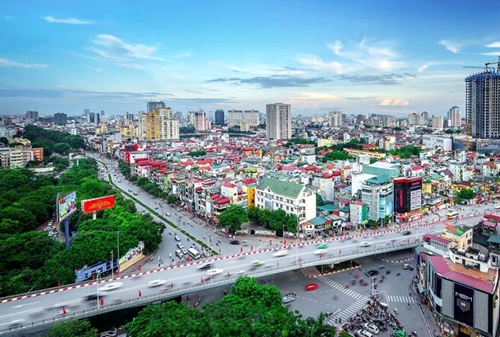Gordon said its 260,000 paddy ton mill in Vietnam now plays a key role in the company's plans to increase global demand for its branded rice product.
Vietnam’s booming tourist trade and rising middle classes means demand for Australian produce is also on the rise.
In District 2, a short drive from Ho Cho Minh City's bustling center, Robert Ameln, who moved his family from Sweden to Vietnam because they liked the country while travelling, runs the local operations for Food Source International, a Middle Eastern-based group importing Australian produce.
    |
 |
|
A corner of Hanoi. Photo: hanoimoi.com.vn |
The company sells 70 tons of Australian produce to Vietnam each year, according to the article.
Australian logistics giant Linfox is also investing in Vietnam. The company, which has had a presence in Vietnam for 13 years, opened a 100,000-square-meter site earlier this year in the country's north. It is one of the largest warehouse and distribution centers in Northern Vietnam. It is double the size of anything Linfox has in Australia.
There are pros and cons, though, as the country’s infrastructure struggles to keep pace with the demands of a growing middle class.
As more manufacturing comes in they will have to spend more money on infrastructure and the port bottlenecks will free up over time. On the flip-side as more manufacturing gets diverted to Vietnam it does put more pressure on the infrastructure and power, the article said.
Australia exported AUD 5 billion of goods to Vietnam in 2018, making it the 14th largest destination. It imported USD 6.1 billion of goods in the same year.
According to ANZ, Vietnam accounts for 0.1 percent of total Australian investment abroad.
Source: VNA